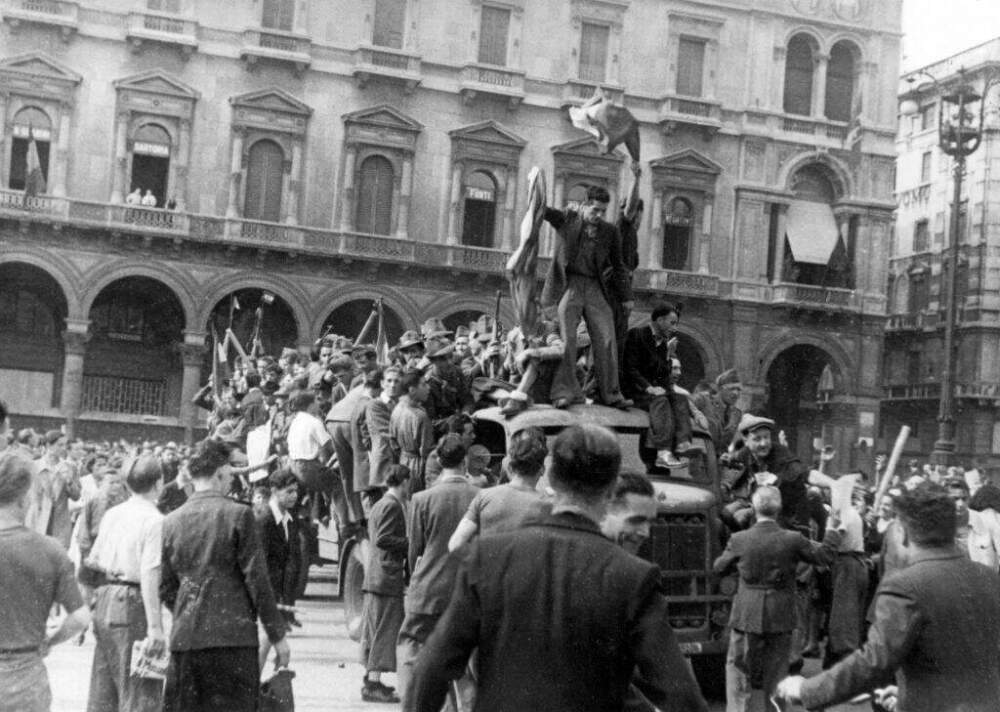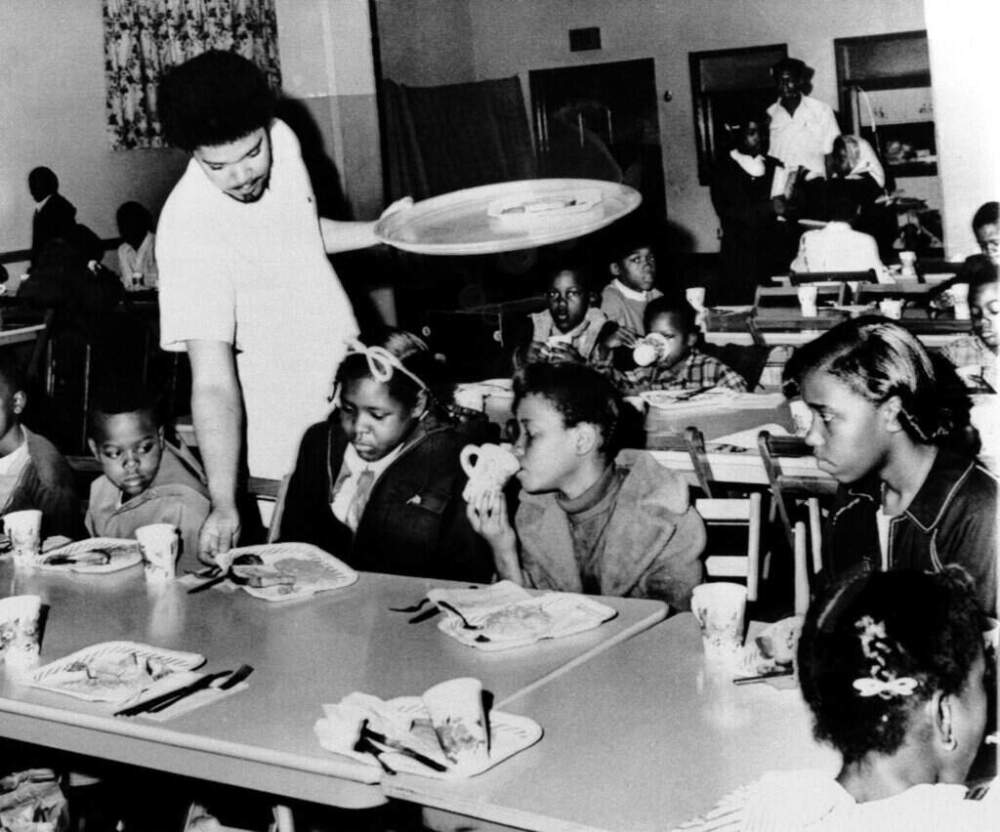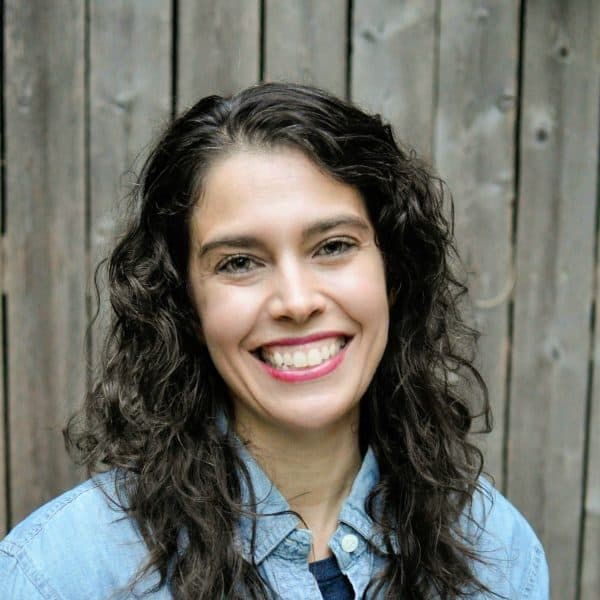Advertisement
Commentary
4 lessons today’s activists must learn to organize for change

I have been researching revolutionary groups in the United States, Europe and around the world across various projects for a decade. What I've learned from these movements — which are as diverse as women of the World War II-era Italian anti-fascist resistance, the Black Panther Party and Occupy Wall Street — is that their approach to organizing and action has many things in common. I’ve been thinking about what these activists can teach people today. As more people mobilize against authoritarian leaders, including Viktor Orban in Hungary or aspiring authoritarian figures, like President Trump, they can take lessons from previous social movements’ strategies for organizing and mobilizing.
The first lesson is to start small. Early on, the anti-fascist movement in Italy was comprised of a few young women in a living room in Rome, who were learning about the political history Mussolini’s government banned from the school curriculum 20 years earlier. It was friends staying up late by the fire, writing articles urging their fellow Italians to resist their Nazi occupiers. After Germany occupied much of Italy in 1943, the resistance movement began with hundreds — perhaps thousands — of small groups of people, who got together to fight homegrown fascism and the Nazis. Each small group eventually connected with the others, creating a strong web of anti-fascist support.
Likewise, the Black Panther Party began in 1966 with just a handful of people acting locally. In Oakland, California a few Panthers directed traffic at a dangerous intersection, while others patrolled their neighborhoods, educating people about their rights in interactions with law enforcement. The Panthers soon expanded into other “survival programs,” informed by the needs of their community, such as food insecurity. The work of the Oakland Panthers inspired groups beyond that city to start their own chapters. Small efforts helped link like-minded people, and the actions grew into something bigger. Occupy Wall Street, too, began with a few people keeping vigil at Zuccotti Park in New York City. As they attracted more people to their initial occupied location, similar protests sprouted elsewhere around the world.

A second lesson is the importance of political education. Groups fighting Francisco Franco’s fascist coup during the Spanish Civil War and the anti-fascist resistance across Europe during World War II, had an important role in their midst, often called “commissars.” The commissar was in charge of leading and disseminating readings and lessons, political in nature, to help members understand the historical and political context of what they were fighting for — and against.
A few decades later, the Black Panthers had frequent — and required — political education classes for all its members. In 2011, the Occupy Wall Street movement held classes and amassed an extensive library in Zuccotti Park. Leaders of each movement understood that members would be more committed to the cause if they better understood what machinations created the existing systems of oppression, and the world they were striving to achieve.
The third lesson is about the power of clear communication. The most successful activists succinctly communicate what a group is opposing, what their goals are, and reasons for others to join them. The movements I’ve studied most closely, had newspapers or other printed material to communicate their message and goals, as well as the news they believed mainstream media sources ignored or reported with a biased slant.
Like anti-fascist groups in Europe and the Black Panthers, Occupy Wall Street alsohad a print publication, but it was also one of the first movements to embrace social media as a means to communicate as well. Of course, since 2011, digital media has exploded — from Substack and BlueSky, to Signal, Meta-owned platforms and TikTok. About 1 in 5 Americans today gets their news from social media; the percentage is even greater among Generation Z. Likely this is where most communication may happen in movements today, but don't underestimate the power of print.
Advertisement

And the fourth lesson is to allow for specialization. These movements, as they began to grow and coalesce, understood that no single person could attend to all of a movement’s needs or actions. People specialized according to their connections or interests, knowledge or skills. During the Spanish Civil War and in World War II-era Italy, resistance groups often organized around specific professions, planning resistance actions that made sense in their industries or made use of particular skills.
For example, an anti-fascist manufacturing group in Spain figured out how to transition their factory from making lipstick cases to manufacturing bullets. In Italy, where factories, under the thumb of pro-Mussolini and pro-Nazi owners, made goods for the Axis armies, employees secretly shared plans for sabotage and striking. Those who were good at writing, wrote. Those who were teachers, taught.
These lessons are drawn from my research on a few, albeit pivotal, movements in modern Western history. Not all of these movements were successful, insofar as achieving their stated goals. However, the anti-fascist movements of World War II, the Black Panther Party and Occupy Wall Street did succeed in becoming coherent movements, whose messages persist and legacies continue.
In many ways, activists today are fighting for the same causes they were decades ago: small-d democracy, equality and the safety and human rights of marginalized groups. But movements of the past did make important, lasting gains. Anti-fascists during World War II were clearly on the right side of history. The U.S. government modeled its free breakfast program on a similar program pioneered by the Black Panthers. And calls of “We are the 99%,” the Occupy Wall Street slogan, continue to inspire.
Today’s activists can learn from revolutionary groups of the past, and take steps to fight for the future they desire.
Follow Cog on Facebook and Instagram. And sign up for our newsletter, sent on Sundays. We share stories that remind you we're all part of something bigger.
